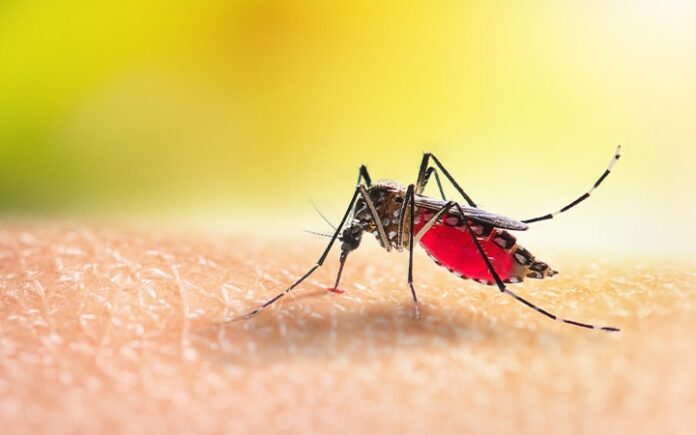The Indian state of Assam has witnessed a significant public health crisis with Japanese encephalitis and malaria claiming 32 lives over the past two months. The outbreak has raised alarms among health authorities and communities, highlighting the urgent need for effective response measures and preventive strategies.
The Outbreak
The spike in cases of Japanese encephalitis and malaria in Assam has been attributed to the monsoon season, which creates conducive conditions for the breeding of mosquitoes—the primary vectors for both diseases. Japanese encephalitis, a viral infection transmitted by mosquitoes, has been particularly concerning due to its high mortality rate and potential for severe neurological complications. Malaria, caused by Plasmodium parasites also transmitted through mosquito bites, has similarly posed a serious threat to public health.
Health officials have reported that June and July have been particularly challenging months, with the heavy rains exacerbating the situation. The monsoon season in Assam, characterized by persistent rainfall and flooding, has created stagnant water bodies, which are ideal breeding grounds for mosquitoes. This environmental factor has significantly contributed to the rise in vector-borne diseases.
The Human Toll
The combined impact of Japanese encephalitis and malaria has been devastating. The reported 32 deaths are a stark reminder of the severity of the health crisis. Patients afflicted with Japanese encephalitis often experience severe symptoms such as high fever, headache, and vomiting, which can progress to neurological complications and, in severe cases, lead to death. Malaria, on the other hand, can cause symptoms ranging from fever and chills to severe anemia and organ failure if not treated promptly.
The loss of lives has prompted widespread concern among residents and health authorities. Families and communities affected by the outbreak are grappling with the emotional and financial burden of the crisis. The fatalities have underscored the urgent need for effective disease management and preventive measures to curb the spread of these deadly infections.
Response and Measures
In response to the outbreak, state and local health authorities have ramped up efforts to address the situation. Key measures include increased surveillance, vector control programs, and public awareness campaigns. Health officials have been working to identify and treat affected individuals promptly, while also implementing measures to control mosquito populations.
Vector control strategies have included widespread fogging operations, distribution of insecticide-treated bed nets, and community mobilization to eliminate potential mosquito breeding sites. Additionally, health teams have been conducting door-to-door campaigns to educate residents about preventive measures and the importance of seeking medical attention at the onset of symptoms.
The Assam government has also sought assistance from national health agencies and non-governmental organizations to bolster its response efforts. Collaborative initiatives aim to enhance diagnostic capabilities, improve treatment protocols, and strengthen overall public health infrastructure to better manage such outbreaks in the future.
Challenges and Concerns
Despite these efforts, several challenges remain. The monsoon season’s ongoing impact, coupled with the difficulties of reaching remote and flood-affected areas, complicates the implementation of effective disease control measures. Additionally, there is a need for greater public awareness and engagement to ensure that preventive measures are adopted and that individuals seek timely medical care.
Addressing the root causes of the outbreak, such as improving sanitation, infrastructure, and health services, is crucial for long-term solutions. Ensuring that resources are allocated efficiently and that preventive measures are sustained beyond the immediate crisis will be essential in reducing the incidence of vector-borne diseases in Assam.
Moving Forward
The outbreak of Japanese encephalitis and malaria in Assam serves as a poignant reminder of the vulnerability of communities to vector-borne diseases, especially during the monsoon season. The response from health authorities and the community will play a critical role in managing the current crisis and preventing future outbreaks.
In addition, the recent deaths from Japanese encephalitis and malaria in Assam highlight the urgent need for continued vigilance and comprehensive public health strategies. As the state navigates this challenging period, a coordinated approach involving health authorities, community leaders, and residents will be crucial in addressing the immediate needs of affected individuals and laying the groundwork for long-term health improvements.




